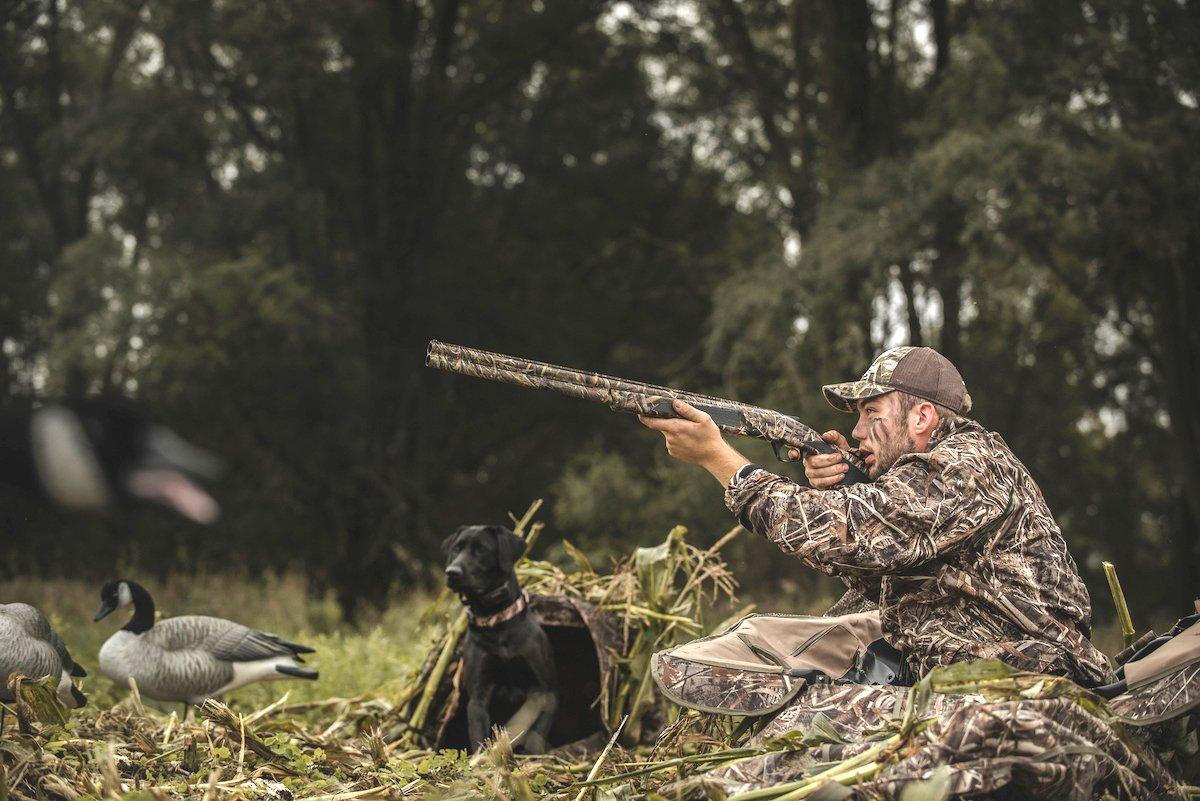Two-Barreled Guns Fit the Bill in Many Waterfowlng Situations
Admit it: You've raised an eyebrow when someone totes an over-and-under or side-by-side shotgun to the pit or blind. Those fancy guns sometimes seem out of place.
No doubt, semi-autos rule the modern waterfowl scene, and everyone's a fan of the venerable pump-gun. But double-guns seem to be almost a novelty in many corners; guns regarded as playthings of the rich or too high-end to use in the nasty, dirty situations common in duck and goose hunting.
Well, that's just silly.
After all, double-guns are just shotguns. And in some situations, using one can actually provide advantages.
Nicely balanced over-and-unders or side-by-sides can be ideal for jump-shooting, which really has more in common with upland-bird hunting than most waterfowl shooting situations. Some jump-shooters prefer the balance-between-the-hands feel of a quick-pointing double to the relatively barrel-heavy weight of a pump or auto.
Further, doubles provide one edge pumps and autos cannot: two chokes. For years, I've been intrigued by the idea of double-guns for turkey hunting, as you can use a fairly loose choke on one barrel for close shots but fix a tight choke in the other tube for longer-range work. The same holds true for jump-shooting and even decoy hunting. It makes sense to use one relatively open choke — say, improved-cylinder — in your first barrel for woods ducks that flush at 25 yards or geese that commit to within spitting distance. You can use a modified or even full choke in the other barrel for second shots at longer ranges.
Of course, many folks point out the obvious disadvantage of a double-barrel: You only have two shots compared to three with repeaters. True, you'll never triple with a side-by-side. But then again, most hunters worry too much about shot Nos. 2 and 3 instead of focusing on their first round. If you concentrate on taking and executing quality shot opportunities, a double-barrel will never handicap you. And remember, you can only shoot a finite number of ducks, anyway. Further, it's just as easy to break open a double and reload for cripples as it is to slap another shell into an auto or pump.
Doubles also kick more than a gas-operated semi-automatic, but I don't know if that's a real concern for most field-shooters. You probably don't want to run 2-ounce, 3.5-inch magnum loads through a 6.5-pound side-by-side. Then again, you really don't need to in most waterfowling scenarios. If your favorite hunting double really bucks, you can always add a recoil-reducing pad or other recoil aids.
Last, and probably most important, double-guns add a bit of elegance and nostalgia to the hunt. Every wing-shooter appreciates a fine shotgun, whether it holds two or three shells. And remember, our forebears didn't forge the American waterfowl hunting tradition with semi-autos. They used doubles, sometimes with outrageous names such as Bo Whoop. Side-by-sides and over-and-unders take us back to days of yore, letting us experience to a tiny degree what duck hunting might have been like for our great-grandads and their buddies.
Bottom line: If you like double-guns and shoot them well, take them duck and goose hunting. Don't worry if folks raise their eyebrows. They're probably just jealous.
Click here for more Realtree waterfowl hunting content. And check us out on Facebook.







